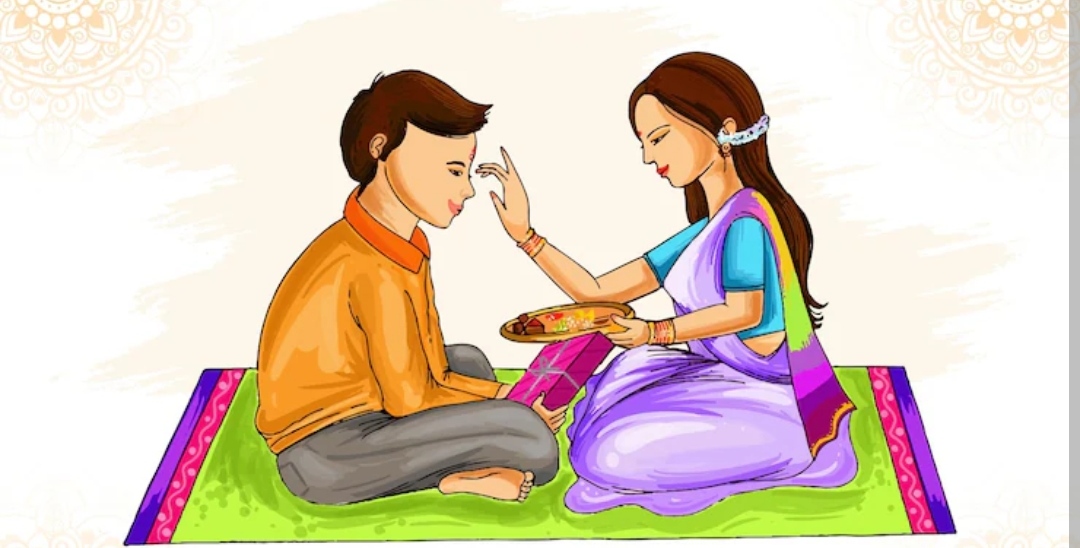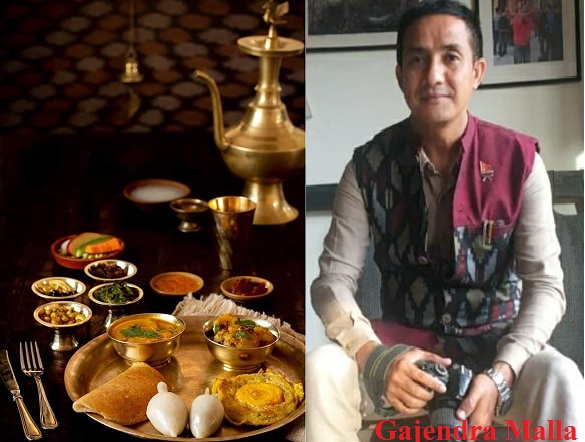
21st August in the year 2020 is being celebrated as Teej in Nepal. Teej is a festival celebrated by the Hindu women across Nepal. Wearing red dresses, visiting matrimonial homes, and celebrating womanhood are some good examples of this festival.
However, the purpose of this festival is dedicated either for finding a good husband to the unmarried girls or for a married woman’s husband’s wellbeing.
She stays ‘Nirjala Brata‘, a whole day fast without even drinking water to pray Lord Shiva and Goddess Parvati for finding a good husband or for a husband’s long life.
By this alone, it tells the dedication, devotion, and love women are expected out of themselves. However, once the husband passes away, women do not have an obligation to fast in Teej. Why is the obvious question here.
This is because the color Red is considered a color of married woman, and when the husband dies, the color will disappear from the woman’s life and she is tagged primarily with white in her widowhood.
Everyone deserves good spouse. A good husband means a good family life, a healthy relationship, a better social status and a wealthier choice of quality of life. Asking or praying for getting one is not uncommon. Everyone does that in their own perceived ways.
However, for Hindu women, Teej is designed as a platform to show the society that she is morally a responsible woman, dedicated to her marriage, and she has the integrity towards her husband. Opposing Teej, or not following this tradition will rise up to her abilities to be fit in the family and the society she grew up.
I remember the same day 20 years ago, when I drank a glass of water that my husband offered me to drink by ignoring the hard and fast rule, my mom was furious.
However, when we gave the logic that the fast was for husband and when the husband asks to drink and wife disobeys, that is not going to be helpful for the objective of the festival, my mom re-thought those words and grinningly approved.
Yes, the color of red is not simply a color for Hindu women. My mother who lost her husband in her late 40s persistently denied to wear a red sari, put red tika on her forehead, and started to choose white, yellow, green and other combination of colors for her clothes. No one asked her to do so.
However, she had perceived this from descent, observation of the social rituals, exactly the way I had perceived them. When a widow wore a red saree, or asked to pur red tika in festivals, she would be seen as unfaithful to her husband who is now dead. Seriously? She spent her entire life with this man, and now he is dead means he took the red color with him so that his beloved wife who used to wear read her whole life could and should wear no red? There is a social logic behind this though.
‘Rato ramro gulio mitho‘ meaning beautiful is red and tasty is sweet is a proverb in Nepal. Red is a beautiful color and it is perceived even more beautiful for Hindu women because they use red color in their marriage dress, ornaments, and everything else.
If a widow becomes or looks beautiful, she will be liked by men other than her deceased husband. If she re-marries, which is not permissible at all, proven by history of ‘Sati’ where women were burnt with the husband’s body at his cremation, the social order will be disturbed. Family property ownership will be disturbed. Children will be disowned by the society. And her character will be assassinated. Precisely, though Sati is abolished over time, this is the world Hindu women still live in.
I keep thinking about how to make the girls rise above these traditional rules that keep girls in a morality delusion. I fail to find out any solution to this. Equal protection of laws are ineffective to cure this legally because there is no injury in fact by fasting, and the discrimination is latent and voluntarily nurtured. Also right to religion and free exercise supports the practice of celebrating rituals that are sincerely held by people. Moreover, the freedom of speech protects wearing a color of dress in a particular ceremony.
Now that red color is becoming liberal over the years in Hindu societies, I sincerely hope that this fade away and Hindu women become free from the delusion and understand that colors are equally created by nature and choice of colors are picked by humans. Being bondage to one color over another is not going to make anyone morally superior that another.
Sadhana Ghimire Bhetuwal
Author – sanabhet@gmail.com























